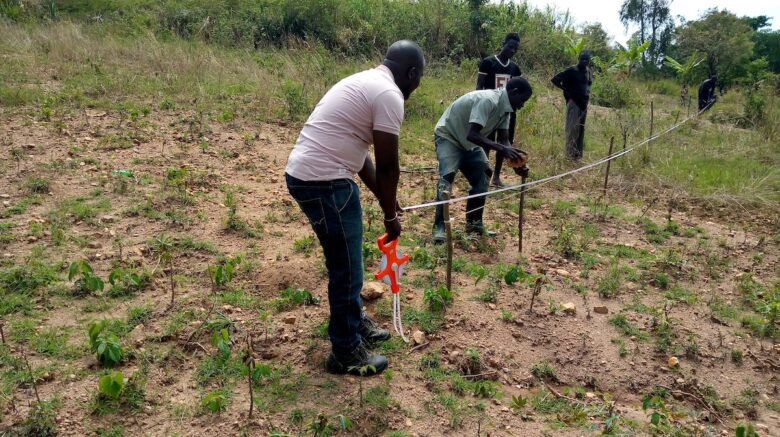The lush, vibrant forests of the West Nile region were once a symbol of abundance and natural beauty. However, deforestation and environmental degradation have taken a toll, leaving the land barren and the ecosystem imbalanced. The Trees Project aims to restore this rich tree environment, and the key to our success lies in the hands of the local community. Here’s how the community can contribute to this vital mission and rebuild a thriving, green landscape.
1. Participate in Tree Planting Initiatives
Tree planting is at the heart of reforestation efforts. Community members can contribute by:
- Joining Planting Events: Participating in organized tree planting events is a great way to contribute. These events often involve planting native tree species that are well-suited to the local environment.
- Creating Home Nurseries: By starting small tree nurseries at home, individuals can grow seedlings to be planted later. This helps ensure a continuous supply of young trees for reforestation projects.
2. Engage in Sustainable Land Management
Sustainable land management practices can prevent further degradation and support the growth of new trees. The community can:
- Adopt Agroforestry Practices: Integrating trees with crops and livestock farming improves soil health, reduces erosion, and increases biodiversity. This method allows farmers to maintain productivity while supporting reforestation.
- Implement Soil Conservation Techniques: Techniques such as contour farming, terracing, and the use of cover crops can help protect the soil and create a favorable environment for trees to grow.
3. Protect and Maintain Newly Planted Trees
Ensuring the survival of newly planted trees is crucial for the long-term success of reforestation. Community members can help by:
- Watering and Mulching: Regular watering, especially during dry periods, and applying mulch around the base of trees helps retain moisture and protect young trees.
- Creating Tree Guards: Protecting young trees from livestock and wildlife with simple tree guards can prevent damage and ensure healthy growth.
- Monitoring and Reporting: Keeping an eye on the health of the trees and reporting any issues such as pests or diseases to project coordinators ensures timely intervention and care.
4. Educate and Raise Awareness
Education and awareness are powerful tools for fostering a culture of environmental stewardship. The community can:
- Conduct Workshops and Seminars: Organizing or attending workshops on the importance of reforestation and sustainable practices can spread knowledge and inspire action.
- Engage Schools and Youth Groups: Involving schools and youth groups in tree planting and care activities helps instill a sense of responsibility and connection to the environment among the younger generation.
5. Support Policy and Advocacy Efforts
Advocating for policies that support reforestation and sustainable land use is essential for creating an enabling environment. Community members can:
- Participate in Local Governance: Engaging in local governance and advocating for policies that promote reforestation and environmental conservation can lead to more supportive regulations and initiatives.
- Collaborate with NGOs and Government: Working with non-governmental organizations and government bodies can amplify the community’s efforts and ensure access to resources and support.
6. Utilize and Promote Non-Timber Forest Products (NTFPs)
Harvesting and promoting NTFPs, such as fruits, nuts, honey, and medicinal plants, can provide sustainable income sources while preserving the forest. Community members can:
- Harvest Sustainably: Ensuring that the collection of NTFPs does not harm the trees or the ecosystem supports long-term forest health.
- Create Local Markets: Establishing local markets for NTFPs encourages sustainable use and provides economic incentives for maintaining a healthy forest.
7. Foster Community Spirit and Collaboration
Building a rich tree environment is a collective effort that benefits from strong community bonds. The community can:
- Form Environmental Groups: Establishing local environmental groups or clubs can facilitate coordinated efforts and provide a platform for sharing ideas and resources.
- Celebrate Achievements: Recognizing and celebrating milestones and successes in reforestation efforts boosts morale and encourages continued participation.
